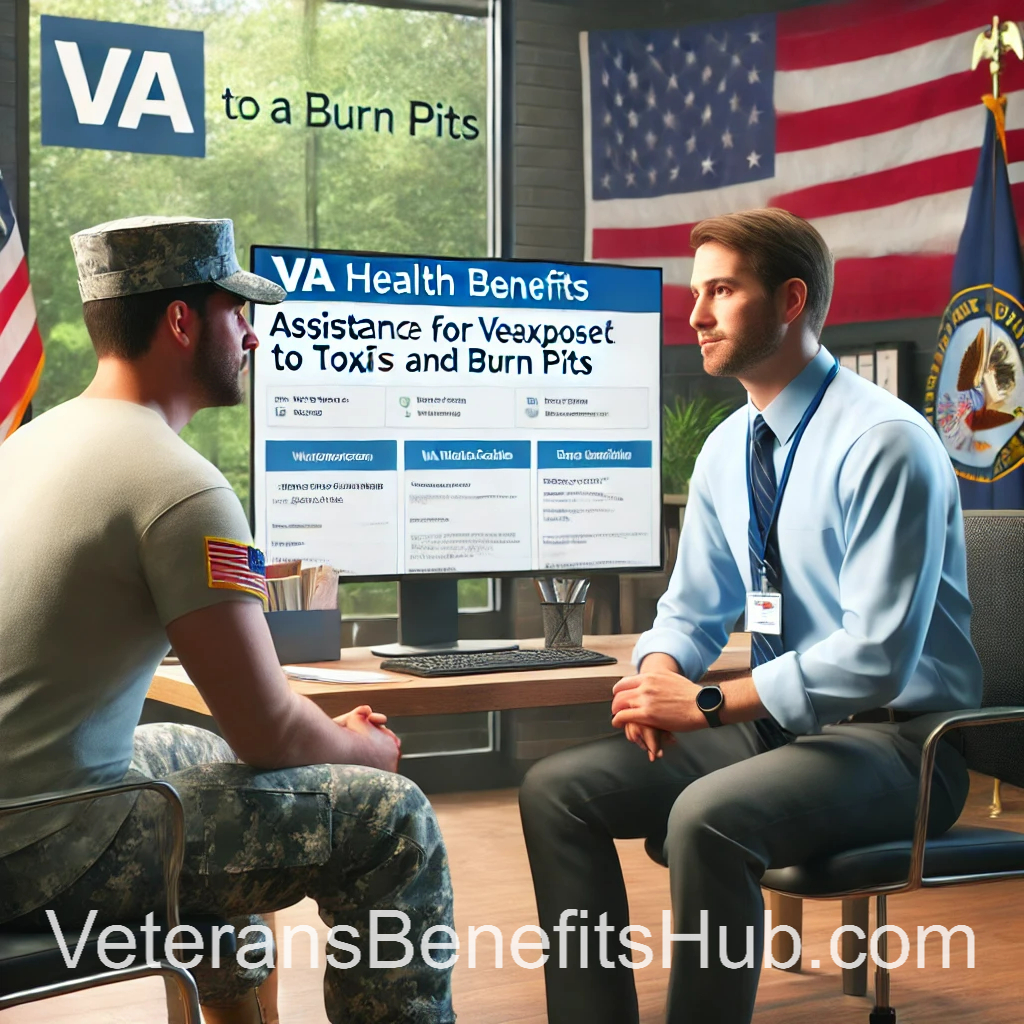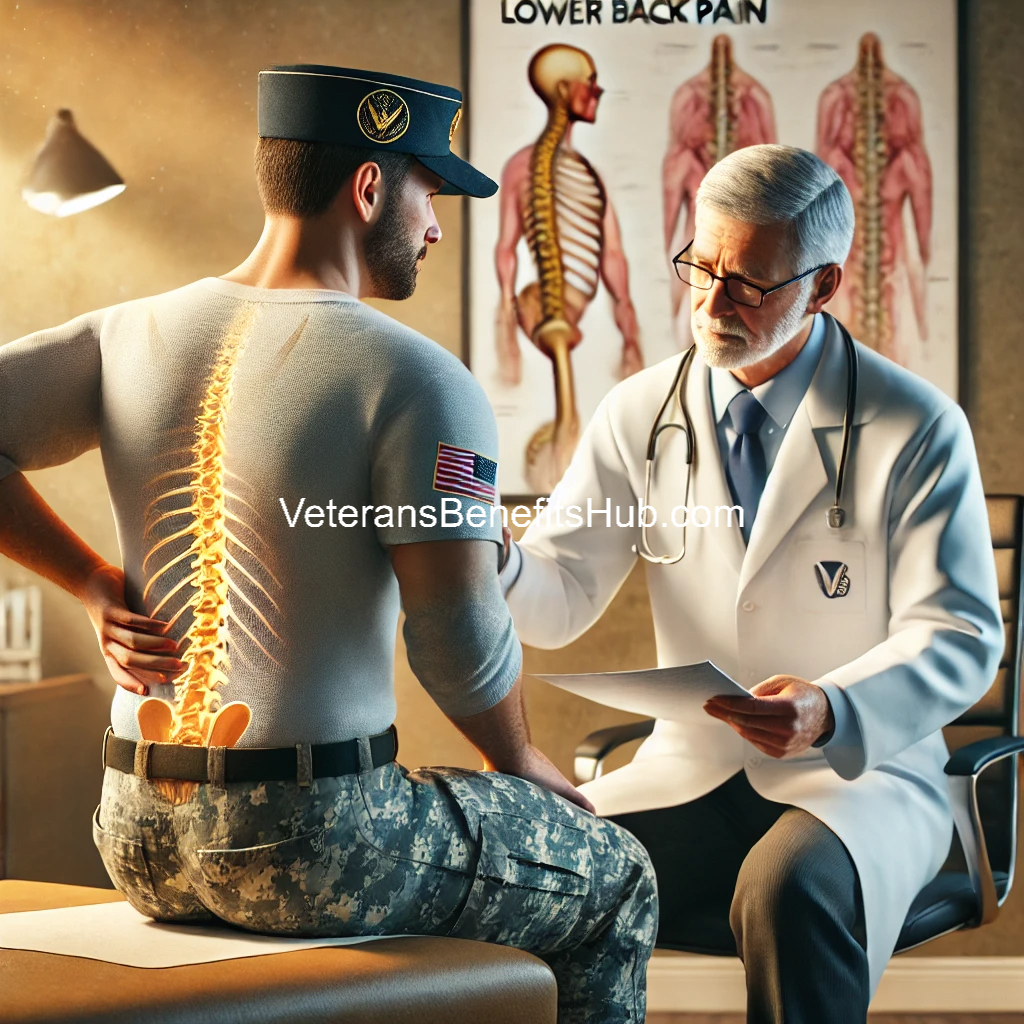Toxic Exposure to Veterans: Available Benefits

VA Health Care Eligibility for Veterans Exposed to Toxins and Burn Pits
Veterans who were exposed to toxins, burn pits, and other hazardous materials during military service—whether at home (CONUS) or abroad—now have expanded eligibility for VA health care. The Veterans Health Administration (VHA) operates separately from the Veterans Benefits Administration (VBA), but they are interconnected in providing benefits.
Understanding VA Health Care Eligibility
In the early 2000s, many veterans discovered they were eligible for VA health care but faced challenges in accessing it. Even with proof of military service, enrollment in the VHA system required navigating bureaucratic hurdles. Previously, veterans often had to be service-connected before obtaining a VA health care card, adding further delays.
However, a significant policy shift now allows veterans exposed to burn pits, toxins, and hazardous materials to enroll in VA health care without requiring a VA disability rating. This bypasses many of the previous obstacles and ensures quicker access to essential medical services.
New VA Health Care Expansion
According to a recent VA announcement, all veterans exposed to toxins and hazards during military service—whether stateside or deployed—are now eligible to enroll in VA health care. This expansion, as directed by the administration, eliminates the previously phased-in approach outlined in the PACT Act.
The original PACT Act introduced an eight-year phased enrollment process, but the new directive accelerates access, allowing eligible veterans to receive care immediately. To check eligibility, visit the VA’s eligibility page.
Determining Eligibility Based on Exposure
Exposure to toxins isn’t limited to deployed service members. Many hazardous materials were handled, stored, or mixed at U.S. bases and facilities. Veterans who served at locations known for toxic exposure may qualify for benefits even if they were never deployed overseas.
For example, numerous bases—including Marine Corps Air Station El Toro and others—were identified as exposure sites. Under the expanded eligibility, any veteran who participated in a Toxic Exposure Risk Activity (TERA) is now eligible for VA health care.
How to Apply for VA Health Care
Veterans who believe they may qualify should take the following steps:
- Call the VA at 1-800-698-2411 to check eligibility.
- Visit the VA’s online application portal to apply.
- Gather supporting documentation, such as service records indicating exposure locations and medical conditions related to toxic exposure.
Why This Matters
For veterans navigating the VA claims process, securing a VA health care card is an essential first step. While not all exposure-related conditions result in high disability ratings, establishing eligibility for care can pave the way for additional claims.
Veterans who are service-connected for one condition can often file secondary claims to increase their overall VA disability rating. Understanding how to build a strong claim can significantly impact long-term benefits and compensation.
Final Thoughts
This expansion provides critical health care access to veterans who were previously excluded due to outdated policies. If you were exposed to toxins, burn pits, or other hazardous materials, check your eligibility and take action to secure the benefits you deserve.
For more resources on VA claims and benefits, explore our VeteransBenefitsHub.com articles and guides.






